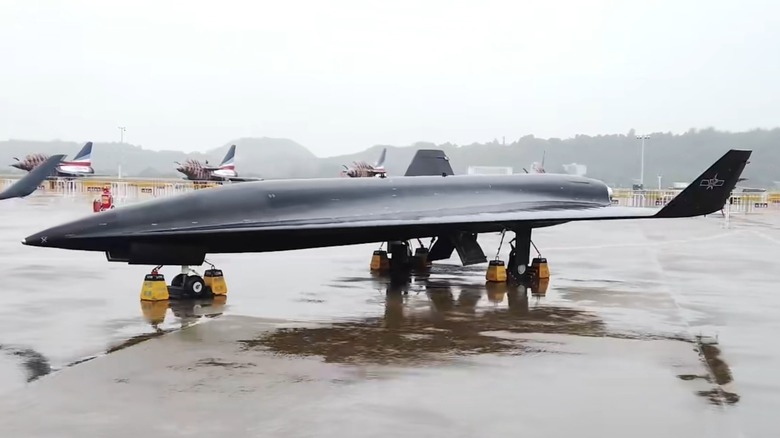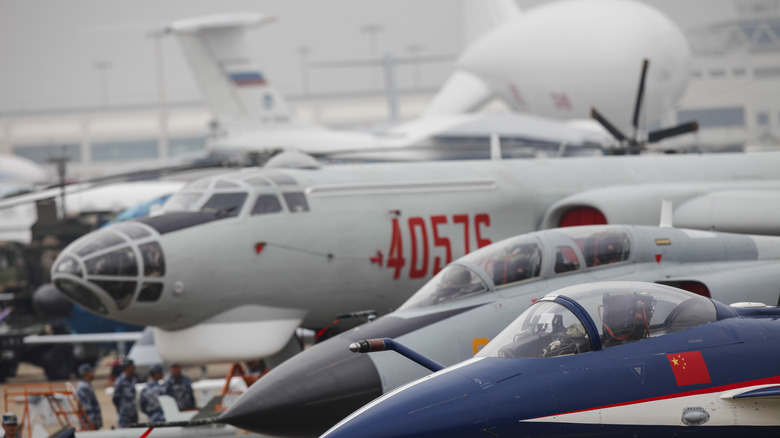Supersonic Drone: Meet China's AVIC WZ-8
The cliched phrase, "It's a bird, it's a plane," tends not to apply to unmanned, supersonic aerial drones. If someone spots one while sitting on a bus, the drone isn't exactly doing its job, as they're not meant to be seen that easily. But at China's 70th-anniversary military parade, the public did get a fleeting glimpse of a new aerial vehicle that hints at the future of spying and warfare.
According to leaked classified government documents viewed by The Washington Post, the AVIC WZ-8 drone is said to be capable of reaching Mach 3 speed and an altitude upwards of 100,000 ft (30km). It is intended to spend its time up there conducting strategic aerial reconnaissance across southeast Asia, among other areas (potentially including the U.S.). The drone features electro-optical imaging, synthetic-aperture radar, and various other sensors, all for the purposes of general intelligence gathering and pre-attack target assessment.
[Featured image by Infinty 0 via Wikimedia Commons | Cropped and scaled |CC BY-SA 4.0]
How it gets up there
With its supersonic speed and altitude, the drone is meant to gather intelligence on sensitive targets in high-risk combat environments where satellite support is typically ineffective, all while evading interception from air defense missiles and fighters.
There are fears such a drone could be weaponized more directly. Advanced as it is, though, the AVIC WZ-8 drone still needs to bum a ride up there. Similar to the Lockheed D-21 and the DF-ZF hypersonic glide vehicle, the WZ-8 cannot take off on its own volition and is reportedly carried up on the fuselage underside of the "mothership" H-6M bomber. Once it reaches the proper altitude, the drone lights its rocket engines and climbs.
The intelligence report suggests that the drone and its mothership are practicing their aerial dance routine at the Liu'an Airbase in Anhui province. Dean Cheng of the Potomac Institute for Policy Studies says the spying won't simply be limited to the "United States or South Korea, Japan has to worry about it. India has to worry about it. All Southeast Asia has to worry about it."

